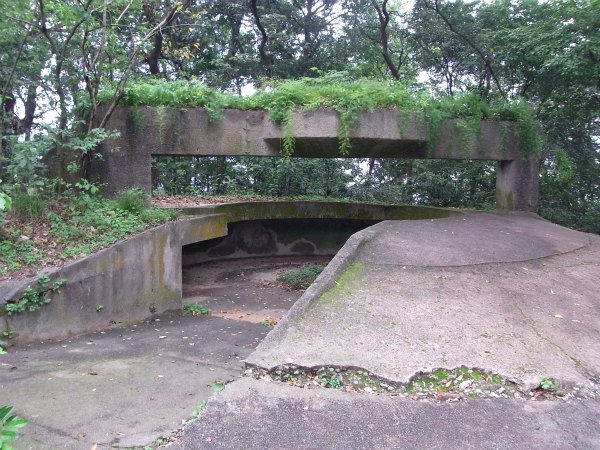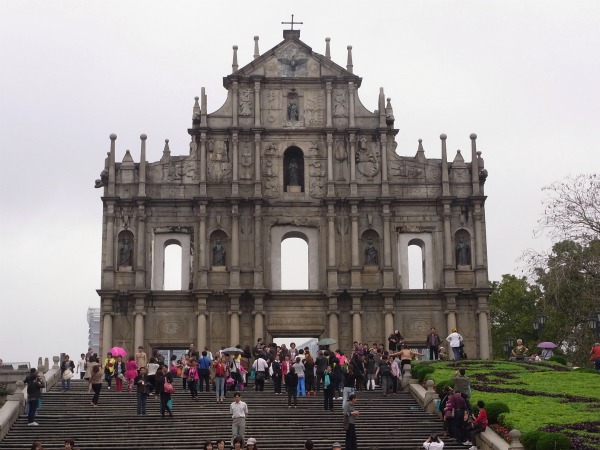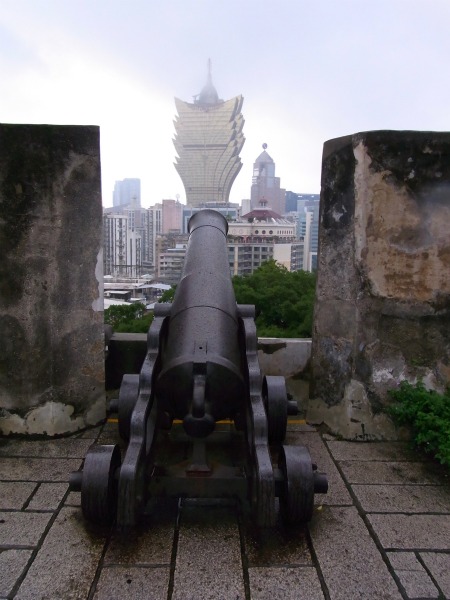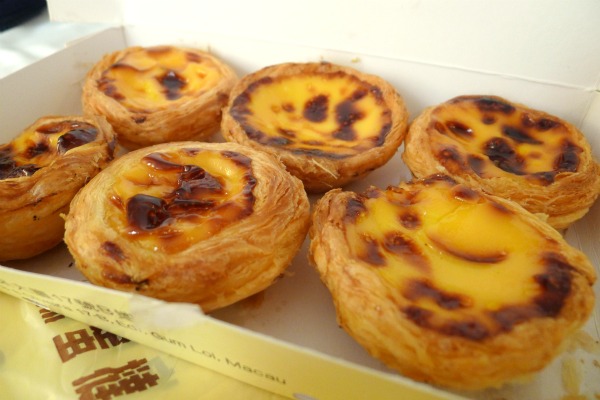Maybe I’ve become jaded in my old age, but the “must see” sites in Macau left me feeling distinctly underwhelmed.
A-Ma Taoist temple lies close to the southern tip of Macau island. It sprawls up a steep, rocky outcrop overlooking the sea. Perhaps a dozen coaches were parked outside having disgorged tourists on day trips from the mainland. The place was packed, and the ascent slow going. There was so little of interest to me here that I didn’t feel inclined even once to take my camera out.
I was subsequently to visit Kun Iam temple, described in my guidebook as “the largest and most interesting temple in Macau”. Visiting there I was left wondering “if this is the largest and most interesting, I’d hate to think what the smallest and least interesting is like”. Unlike A-Ma, this place was almost deserted, apart from a handful of worshippers and a couple of priests. Again, no photographs were taken.
Guia fort is another tourist attraction which underwhelms. It’s set atop a small hill, and there’s a small cable car to take you to the top if you don’t want to climb up – which I didn’t, given the persistent drizzle. At the top there’s not much to see – a lighthouse, a few cannon, and some underground tunnels with a small exhibition of photographs of the history of the place. I did take one photograph of a defensive position which caught my eye. So unlike the pillboxes from the Second World War which in those days still scattered the Kentish landscape of my youth. The Maccanese version is open sided, with a small garden on top, presumable as camouflage against attack from on high.

Fortification at Fort Guia, Macau
Rather more interesting, and probably Macau’s biggest tourist draw beyond the casinos, is the Church of St. Paul’s, the ruins of a Portuguese cathedral built at the behest of Jesuits and dating from the turn of the 17th century. Today only the façade remains, carved by exiled Japanese Christians. It’s an odd blend of Oriental and Catholic imagery, including, for example the Virgin Mary stepping on a 7-headed hydra. The accompanying Chinese characters can be translated as “the Holy Mother tramples the heads of the dragon’”.

St. Paul’s Church, Macau
The façade seemed to me an appropriate symbol of Roman Catholicism: a lavish front promising much, but ultimately empty and worthless inside.
Nearby is Monte Fort which, according to the guidebook, was built by the Jesuits (though I rather doubt they did much of the actual work themselves) to keep the Dutch at bay. It did. Its steep stone walls are impressive, rather less so the modest museum within. From the top there might be an impressive view over the town if the weather is right. There are also cannon, one of which appears to point straight at the Grand Lisboa casino. ‘Tis pity they don’t fire the battery to bring down what must be one of the most hideous buildings in the world.

Canon pointing at Grand Lisboa Casino
There’s really not much more to tell about Macau. The poor weather rather put a dampener on plans to travel outside the city to Coloanne and Taipa. Had a mediocre dinner at a local Portugese restaurant with portions large enough for three, and a rather better dinner at the training restaurant again. This time duck confit followed by a pair of braised lamb shanks. No room left for pudding, unfortunately.
The final morning was dedicated to tracking down some egg tarts, a local delicacy derived from the traditional Portuguese tart of the same name. Their history, however, is surprisingly brief, and their inventor was neither Portuguese nor Maccanese, but a Brit. Andrew “Lord” Stow created the recipe based upon Portuguese Pasteis de Nata, but made the filling a little sweeter and eggier in 1989. He then marketed them aggressively, and it came to pass that Lord Stow’s Bakery became a “must visit” for tourists, despite its somewhat inconvenient location in Coloanne. (Though it would be convenient if you lived in Coloanne.) Fortunately for me, his wife, Margaret, who had helped him in the bakery, divorced the “Lord” and set up a rival operation, her own bakery in downtown Macau, Margaret’s Café e Nata. It’s here that I went to buy a box of the famous delicacy.
I’d read in numerous sources that Margaret’s is difficult to find. It is. Even with the address and a map location I couldn’t find it. I asked a security guard where it was, but he didn’t speak English. I guess he caught the word “café” and replied “Starbucks?” Showing him the name of the place got him pointing me in the right direction. His initial response, though, reflects sadly on what so many seek whilst abroad.
I’d also read that Margaret’s has long queues and very surly service – service so unpleasant that if it weren’t for the sublime egg tarts the place wouldn’t have any customers. Neither proved to be true in my case: no queue and service with a smile. And this is what my box of tarts looked like:

Custard Tarts from Margaret’s Cafe e Nata, Macau
Needless to say, they were very good, and a fine snack to eat at the airport whilst waiting for my plane back home.
And so ended my brief visit to Hong Kong and Macau.
[HK&M 7]

Recent Comments